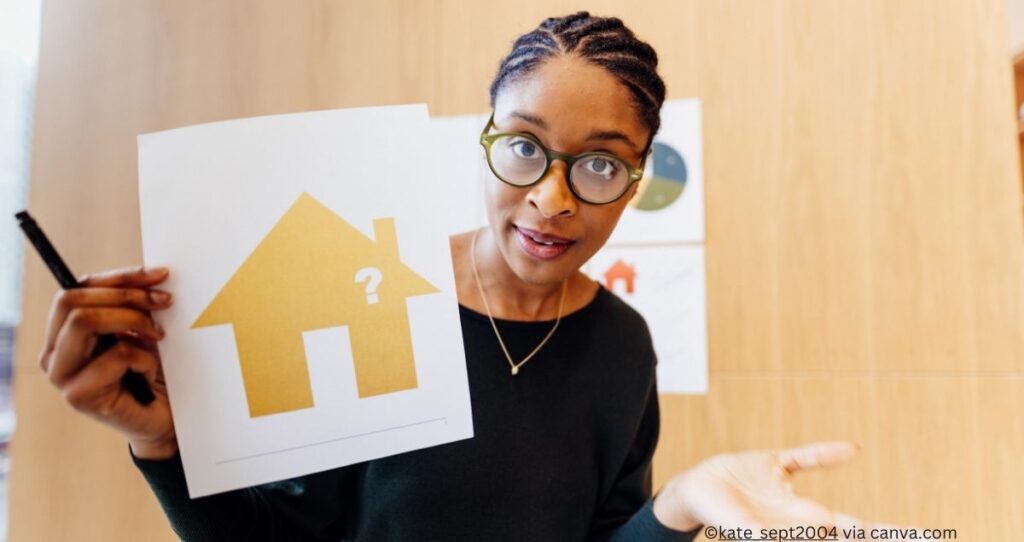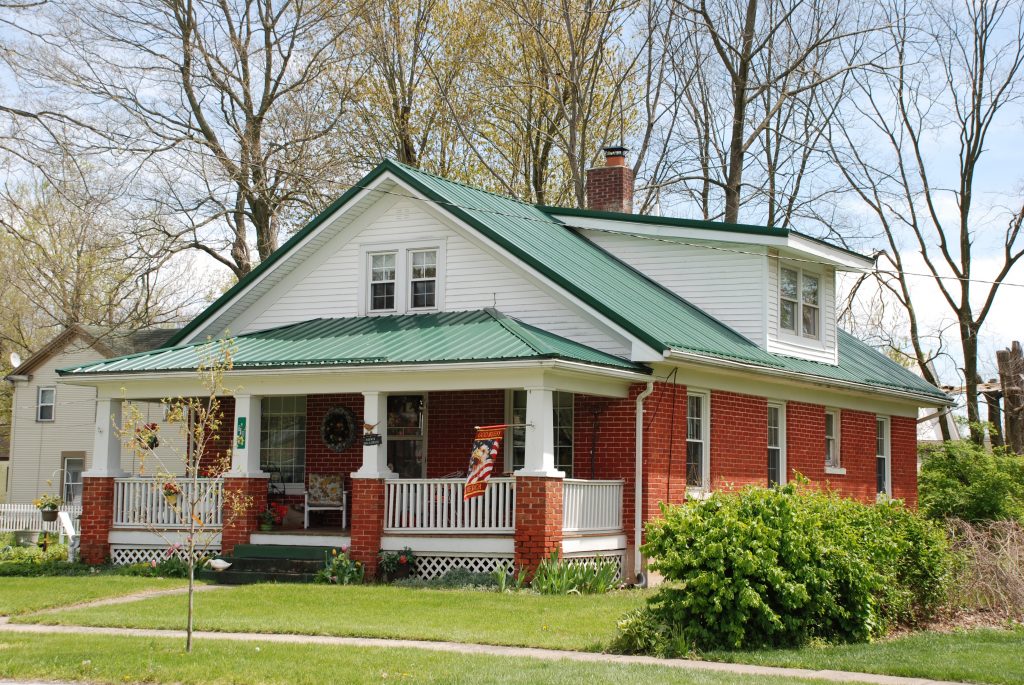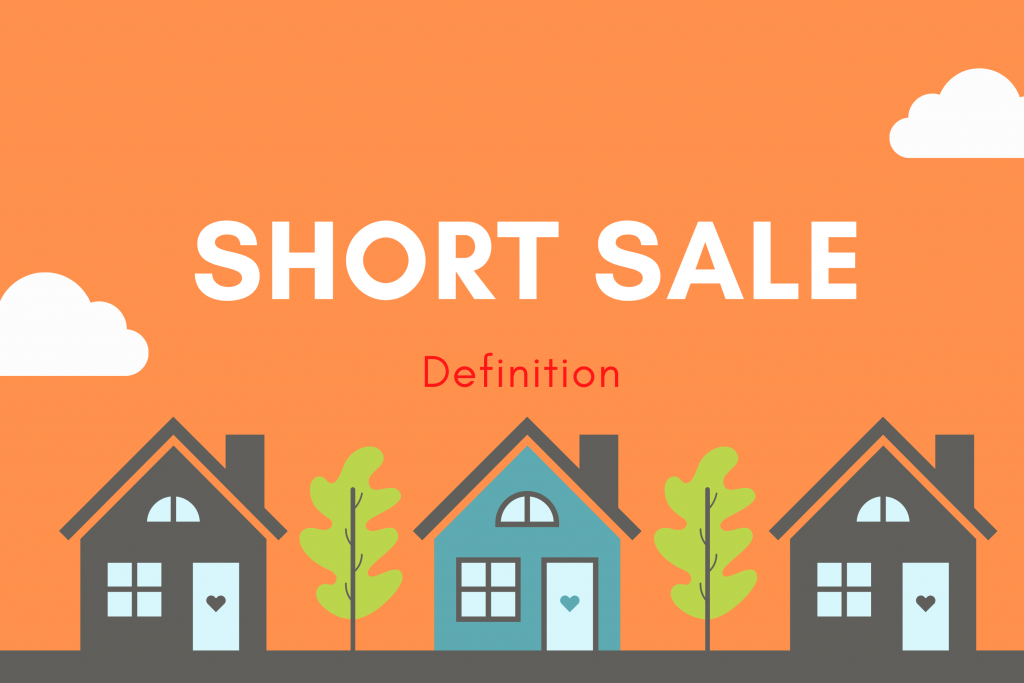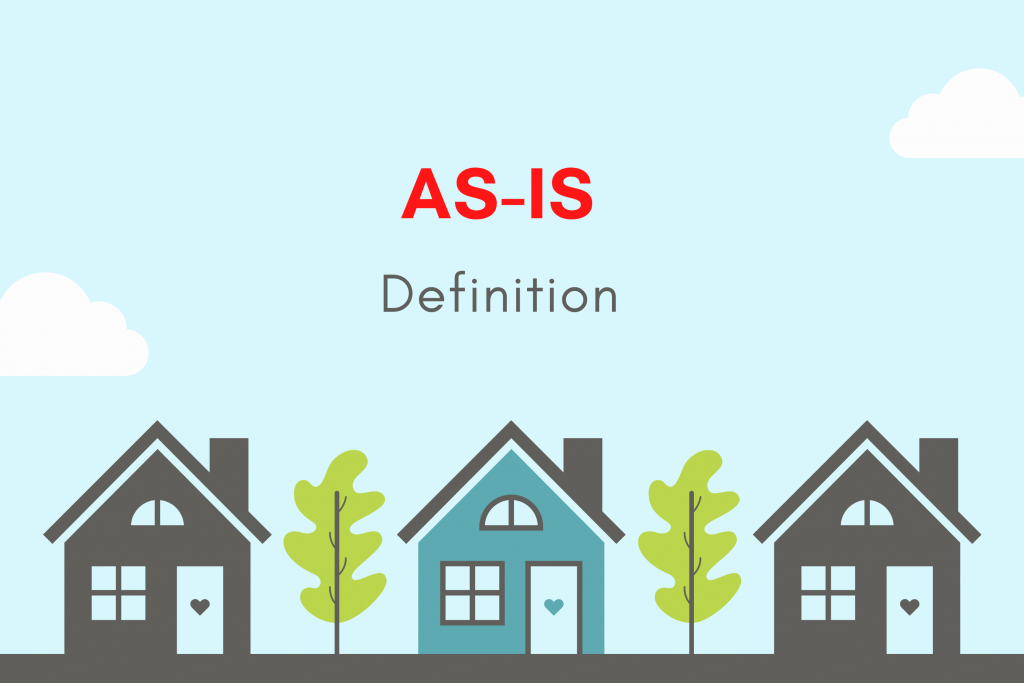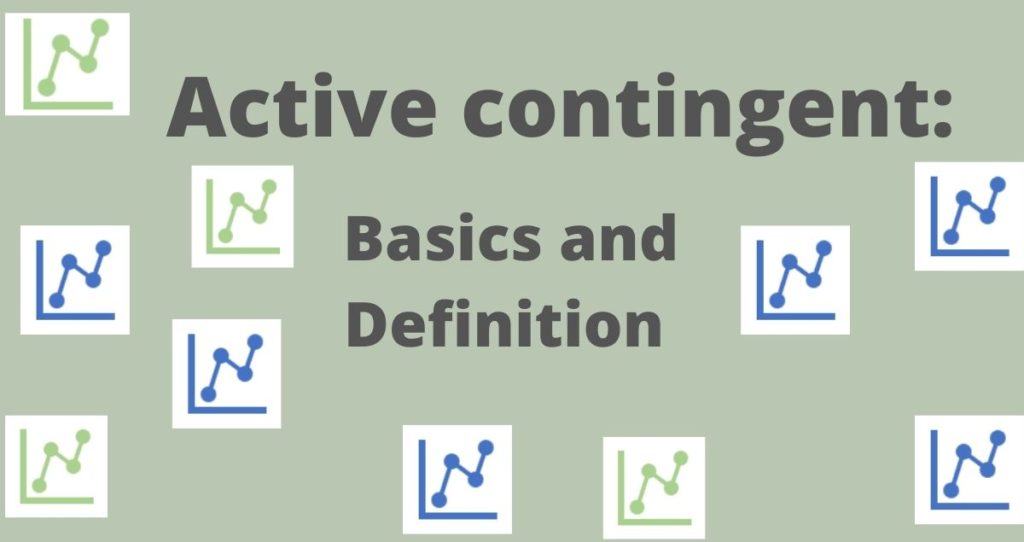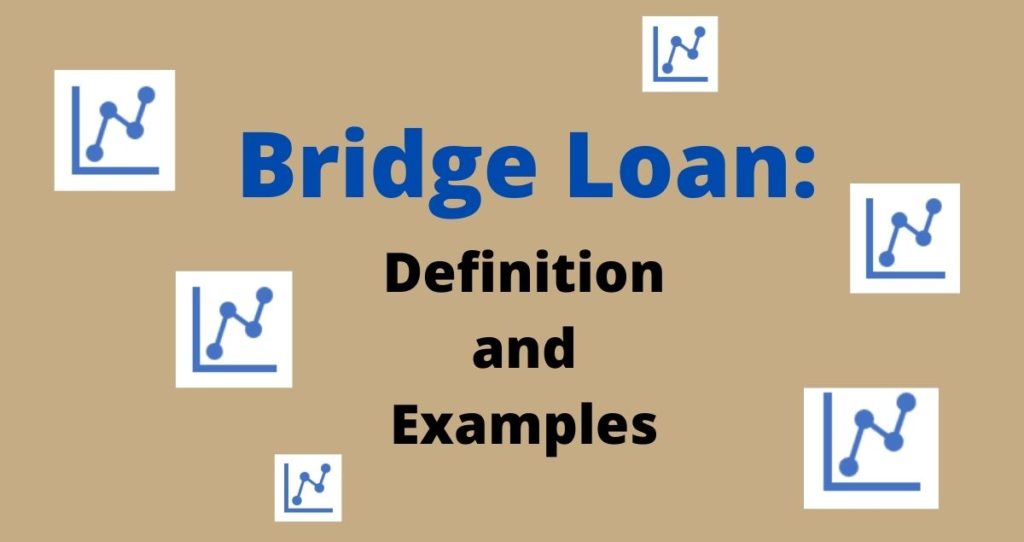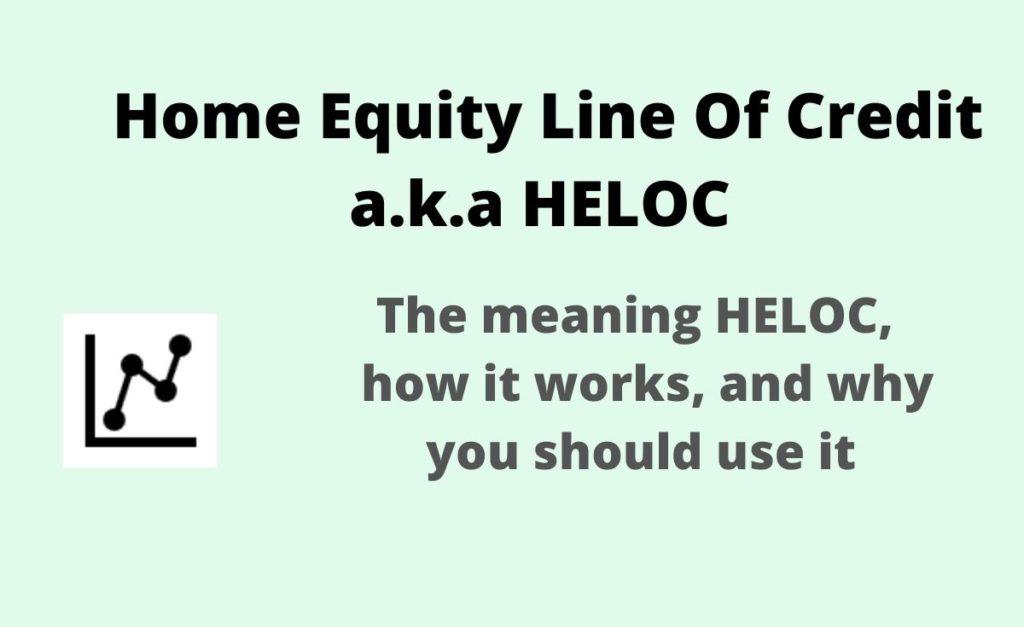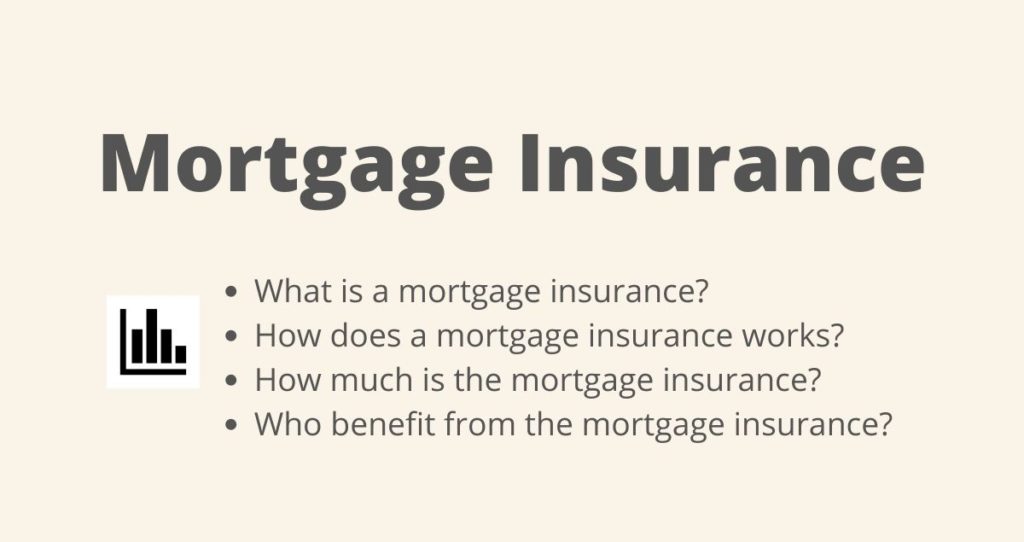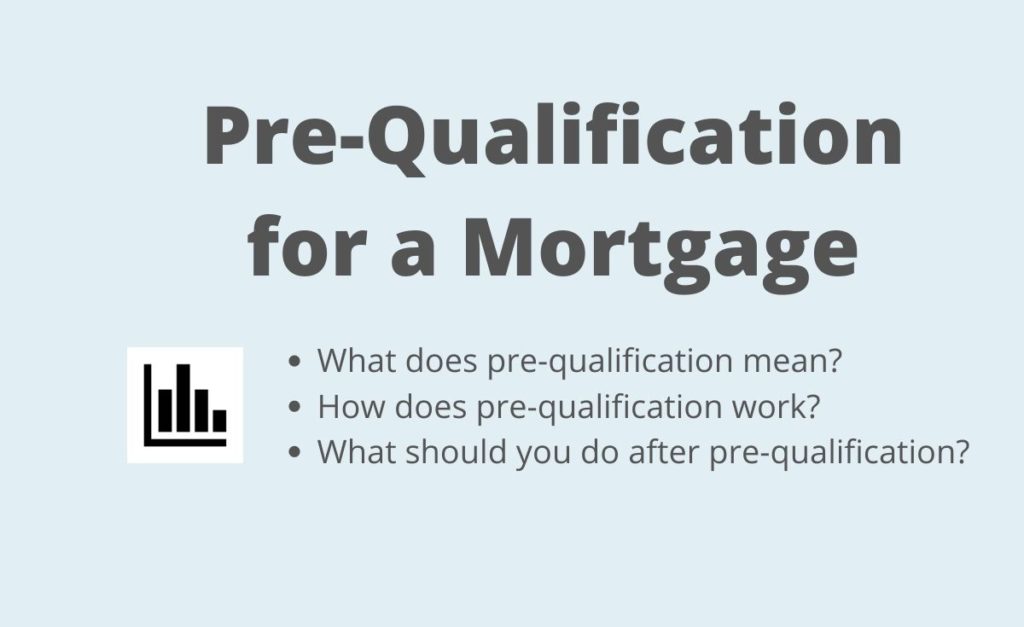Most loans usually require down payments between 3% and 20% of the total purchase price of the house, depending on the loan program you use. For example, conventional loans require 20% of the final sale purchase to avoid purchasing private mortgage insurance(PMI). Other loan programs, such as FHA loans, require as low as a 3.5% down payment, depending on your credit score. Some government-backed mortgages, such as USDA and VA loans, do not require a down payment.
If you plan to buy a house but don’t know how much you should save for a downpayment, this article will guide you. I will show you how much down payment is required for a house and how much you should put down to minimize the cost of your house.
What is a down payment?
When you finance a home purchase with a loan, the lender requires that you pay off some of the house purchase cost in cash. A down payment is due at closing and is expressed as a percentage of the home’s total cost. For example, if you have a $60,000 down payment and want to purchase a $400,000 home, this down payment will represent 15%. If you were to buy such a home, you would need to borrow the remaining $340,000. A higher down payment lowers the amount you are borrowing, making your monthly payment smaller and reducing the total cost of the house.
Depending on your loan program, you will have different down payment requirements. If you don’t have the required down payment, you might still qualify for the loan in exchange for private mortgage insurance. Most lenders cancel the PMI after you build at least 22% equity in the property or when your loan to value has reached 78%.
Down payment tips
- Put down more than the minimum payment to lower the home’s total cost.
- Find lenders that do not require private mortgage insurance(PMIs) if you lack the required down payment.
- Don’t fall for the first home buyer program that tricks you into putting down a small amount.
- Start saving for a few years ahead before purchasing a house
- To avoid spending your down payment savings, open a separate savings account to hold your down payment funds
The 20% down payment requirements
Growing up, I always heard of the 20% down payment requirement. To my understanding, every homebuyer needed to save 20% of their home purchase in a down payment. While having a 20% down payment can help you lower the cost of a home purchase, most loans don’t require a 20% down payment. Only conventional loans require a 20% down payment to avoid mortgage insurance.
The 20% down payment is also confusing among consumers. Many homebuyers don’t even save that kind of money before purchasing homes, especially for first-home buyers or those on low incomes. According to a recent survey from LendingTree, 59% of current homeowners who buy houses with mortgages put down less than 20%, while 29% put down 20% or more. Certainly, you don’t need to make a large down payment to purchase a house, but doing so helps you save money and make your monthly payments affordable.
Here are the benefits of having a 20% down payment.
Yes, putting down 20% is not required, but the smartest way to buy a house when not investing is to put down as much as possible. Even if the bank allows you to put down 3%, you should always increase your down payment. The following are the benefits of putting down at least 20% when purchasing a home.
- You don’t purchase a private mortgage insrance(PMI) with a 20% down payment.
- You build equity in the home much faster, which makes it easy to refinance or get a home equity line of credit(HELOC)
- A 20% down payment makes your monthly payments affordable due to having a lower principal. The principal is your total loan balance. Check out this list of over 180 of the most used real estate terms to master real estate.
- A higher down payment helps you qualify for lower interest rates and better terms.
- Your offer is competitive when you have a 20% down payment.
How much should you put down when purchasing a house?
The down payment requirements differ from one lender to another, depending on the type of loan program you use and the purpose of the house.
It is always important to follow these two guidelines.
- If you are investing, put down a small down payment. A mall down payment is a good idea when investing in real estate. This allows you to preserve your capital, which you can invest in other properties while the tenant takes care of your mortgage payments.
- Put down as much as possible when purchasing a primary residence. If you buy a house for residential purposes, put down as much as possible. This allows you to take out a small loan, which results in a stronger offer and affordable monthly payments due to lower interest charges. This, in turn, saves you money on the property.
So, what is a good down payment?
The size of your down payment is a significant factor in determining your monthly payment and whether you can afford to pay off the loan. For this reason, a good down payment lowers your monthly payments and helps you save money on the home purchase.
Typically, you must save at least the minimum down payment requirements. However, putting down the minimum only qualifies you for the loan but does not save you much. That is why you need to save more than the minimum requirements. For example, even if an FHA loan can take as low as a 3.5% down payment, don’t just save 3.5% and head to the bank to get a loan. Remember that putting down a 3.5% loan means borrowing 96.5%. You should also save for the closing costs, which can be as high as 3-6% of the home purchase price.
Regardless of the type of loan program you are using, you should aim for at least a 20% down payment. Any extra amount you put down on top of that helps lower your monthly payment and save you money.
What is the minimum down payment on a house?
The required down payment for a house depends on the type of loan you want and the home you are buying. Most loans require between 3% and 5% of home purchases. First-home buyers purchasing homes for their primary residences usually qualify for a much lower down payment. Government-backed loans, such as those from the USDA and VA mortgages, also require no down payment. On the other hand, FHA loans require a down payment as low as 3.5, depending on your credit score.
For conventional loans, most lenders require a down payment of 3-5% for primary residences. In comparison, jumbo mortgages require at least 20% to 25%, depending on whether you purchase the first, second, or third home.
Here are common loans and the minimum down payments required.
- Conventional mortgages. The standard down payment for conventional mortgages is 20%, but you might qualify for putting down between 3-5% in exchange for private mortgage insurance(PMI).
- FHA loans. Require a 3.5% with a credit score of at least 580 or 10% if your score is between 500-579.
- USDA loans. No down payment is required
- VA loans. No down payment is required.
- Jumbo mortgages. Requires at least 20% to 25% in down payment.
As mentioned, putting down the bare minimum means you will finance the home purchase almost entirely with a loan, resulting in higher monthly payments.
Tips to save for a down payment
Saving for the right down payment is essential when purchasing a house. However, saving enough cash can be difficult if you are on a tight budget. Check out these tips to help save for a down payment.
- Start by assessing the type of home you want to buy and the type of loan you want to use, such as a VA loan, FHA loan, or conventional loan.
- Determine the ideal home price you want to buy. A good rule is not to borrow more than twice your gross income. If your gross income is $100,000 and you want to buy a $300,000 home, you must not borrow more than $200,000. You must save at least $1000,000 in down payment plus closing fees.
- Open a separate savings account specifically for your down payment
- Decide when you want to buy the house to help determine how much you need to put aside each month toward your down payment
- Cut back on unnecessary expenses by avoiding impulse purchases, eating out daily, etc.
- Bank windfalls. These could include bonuses and raises from work, gifts, etc.
- Get a down payment help from friends and family members
- Increase your income by working part-time or starting a side hustle. You can also declutter your place and sell some of your stuff to make extra cash.
- Explore special programs for home purchasing. Programs like first-time homebuyer programs can help you buy a home faster. You can also use programs like HomePossible and HomeReady for low-income homebuyers.
How much is the down payment for a $500k house?
Are you planning to buy a $500,000 house? If so, here is the down payment you should save, depending on the loan type you want to use.
To avoid a PMI, you must save at least $100,000 for a 20% down payment on a conventional loan. If you are a first-time home buyer, you might qualify for a 3-5% down payment with a PMI. In this case, you can save between $15,000 and $25,000.
A down payment is not required if you use a VA or USDA loan. However, to reduce the cost of the house, it is a smart financial decision to put down some cash to avoid financing a home purchase entirely with debt.
If you use the FHA loan with a 580+ credit score, the minimum down payment you need to save is 3.5% or $17,500. If your credit score is between 500 and 579, you must save at least 10% or $50,000 in down payment.
